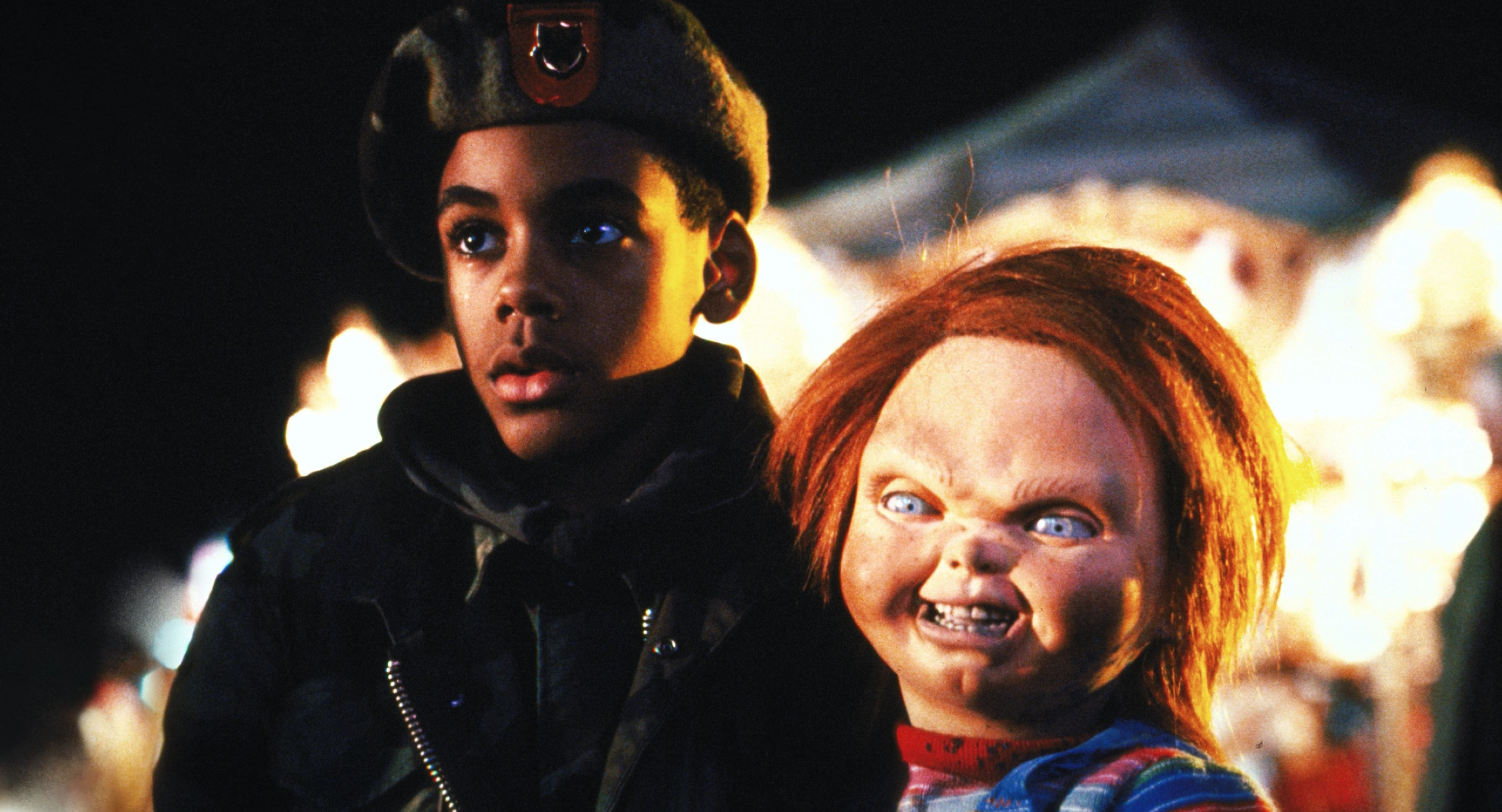Child’s Play 3 – Film Review
Published October 12, 2023

Child’s Play 3, the third installment in the iconic horror franchise featuring the infamous killer doll Chucky, provides fans with more of the same slasher thrills that made the series popular. Directed by Jack Bender and released in 1991, the film aims to continue the terrifying legacy of Chucky, the possessed Good Guys doll. While it certainly delivers on some levels, the movie struggles to break new ground and falls victim to predictable plotlines and clichéd horror tropes.
One of the film’s strengths lies in its ability to maintain a consistent tone of tension and fear. The eerie atmosphere and chilling musical score effectively create an unsettling ambiance, making viewers uneasy right from the start. The movie’s special effects, considering the time of its release, are commendable. Chucky, brought to life through a combination of animatronics and puppetry, remains a convincing and terrifying antagonist. The filmmakers do an excellent job of showcasing the doll’s malevolence, instilling a genuine sense of dread whenever he appears on screen.
The film picks up eight years after the events of the previous installment. The plot follows Chucky’s resurrection after being rebuilt, once again seeking to transfer his soul into a human host. This time, his target is a young teenager named Andy Barclay, who has enrolled in a military academy. The setting change injects a fresh dynamic into the series, adding military discipline and the backdrop of a strict institution to the mix. However, this new environment fails to fully capitalize on the potential for innovative scares and storytelling.
Child’s Play 3 suffers from a formulaic approach that hampers its ability to surprise or shock the audience. The plotline adheres closely to the familiar horror sequel template, with characters making questionable decisions and falling into situations that viewers have seen many times before. The dialogue, while occasionally humorous, lacks depth and often feels forced. This lack of genuine emotional engagement with the characters makes it difficult for the audience to invest in their fates, diminishing the impact of the horror elements.
Despite these shortcomings, the film does manage to deliver some inventive and memorable death scenes, showcasing Chucky’s sadistic creativity. These moments of intense violence and gore cater to fans of the genre, providing the visceral thrills that are expected in a slasher film. Additionally, Brad Dourif‘s reprisal of his role as the voice of Chucky adds authenticity to the character, infusing him with the same wicked charm and menacing wit that fans have come to love.
Child’s Play 3 also benefits from its competent cast, especially Justin Whalin as Andy Barclay and Perrey Reeves as his love interest, Kristen De Silva. While the characters lack depth, the actors manage to inject some personality into their roles, making them marginally more relatable. However, the film’s supporting characters, including fellow cadets and authority figures, come across as stereotypical and one-dimensional, failing to leave a lasting impression.
In terms of pacing, the film maintains a brisk tempo, never allowing the audience to become bored. The suspenseful sequences are well-timed, keeping viewers on the edge of their seats during the film’s more intense moments. However, the predictable nature of the plotline prevents the movie from building sustained tension, leading to a somewhat underwhelming climax.
Child’s Play 3 offers a decent dose of horror entertainment for fans of the franchise, serving up the expected scares, gore, and one-liners associated with Chucky. While the film struggles with a lack of originality and depth in its storytelling, it manages to deliver on the basic requirements of a slasher movie. If you’re a fan of the series or the genre in general, Child’s Play 3 might provide an enjoyable, albeit predictable, viewing experience. However, for those seeking a more innovative and intellectually stimulating horror film, this installment may fall short of expectations.
